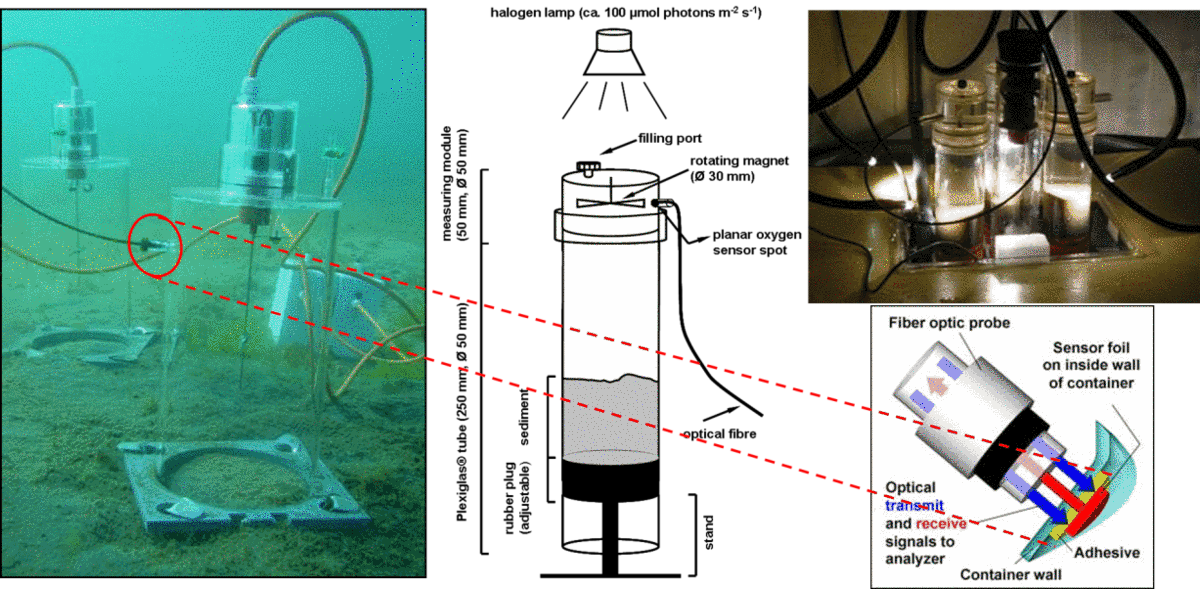B2: Microphytobenthic primary production in biofilms along terrestrial-marine gradients
supervised by Karsten, Leinweber, Böttcher

Focus
We will quantitively investigate the influence of peatland-derived organic compounds on Baltic Sea benthic diatoms, connecting to measurements of DOC exudation/mineralization along a coastal terrestrial-shallow water gradient to address the biogeochemical C cycle in the shallow water zone. This includes also the evaluation of benthic diatom biodiversity along such gradients.
State of the art
Microphytobenthos is regarded as ecologically most important microbial community on top of sediments in shallow coastal waters because of high primary production and as a food source for benthic animals. In addition, these photosynthetic biofilms stabilize sediment surfaces (reduction of erosion) due to the excretion of sticky compounds (EPS: extracellular polymeric substances) which glue together sediment particles. Depending on photosynthetic activity and vitality, benthic diatoms excrete high concentrations of dissolved organic carbon (DOC) compounds; which are utilized by heterotrophic microorganisms in the microbial loop. Under extreme conditions up to 75% of the assimilated carbon can be released as EPS/DOC. Consequently, microphytobenthos influences and controls physico-chemical gradients, particularly of nutrients, along the sediment-water-interface. However, the influence of terrestrial compounds on ecophysiological responses of Baltic Sea diatoms is unstudied, in particular their potential for heterotrophic metabolism. In addition, DOC release and its consequences for biogeochemical cycling, are also almost unstudied. Quantitative measures, which are a prerequisite for accurate budgets on carbon, nitrogen and phosphorus cycles in shallow waters, are missing. Consequently the structure and function of microphytobenthic communities will be addressed in this topic, using a combination of field and molecular-chemical spectrometric-/scopic methods for chemical profiling of EPS/DOC, along with microscopic and molecular approaches for the study of biodiversity.
Work program
We will acquire multiple unialgal diatom isolates from the shallow benthic Baltic Sea as well as from the peatland Hütelmoor and establish a diatom culture collection. Structure (e.g. biodiversity) and function of these strains will be investigated. Selected diatom cultures will be used as model systems under controlled conditions to test for the influence of peatland compounds on these organisms, in particular for heterotrophy. DOC exudation of microphytobenthic communities will be qualitatively and quantitatively measured using chromatographic and mass-spectrometric techniques. The effect of terrestrial compounds and abiotic factors (light, temperature, nutrients etc.) on physiology and DOC exudation will be addressed.
PhD-candidates
Lara Prelle (heterotrophy, exudates)
